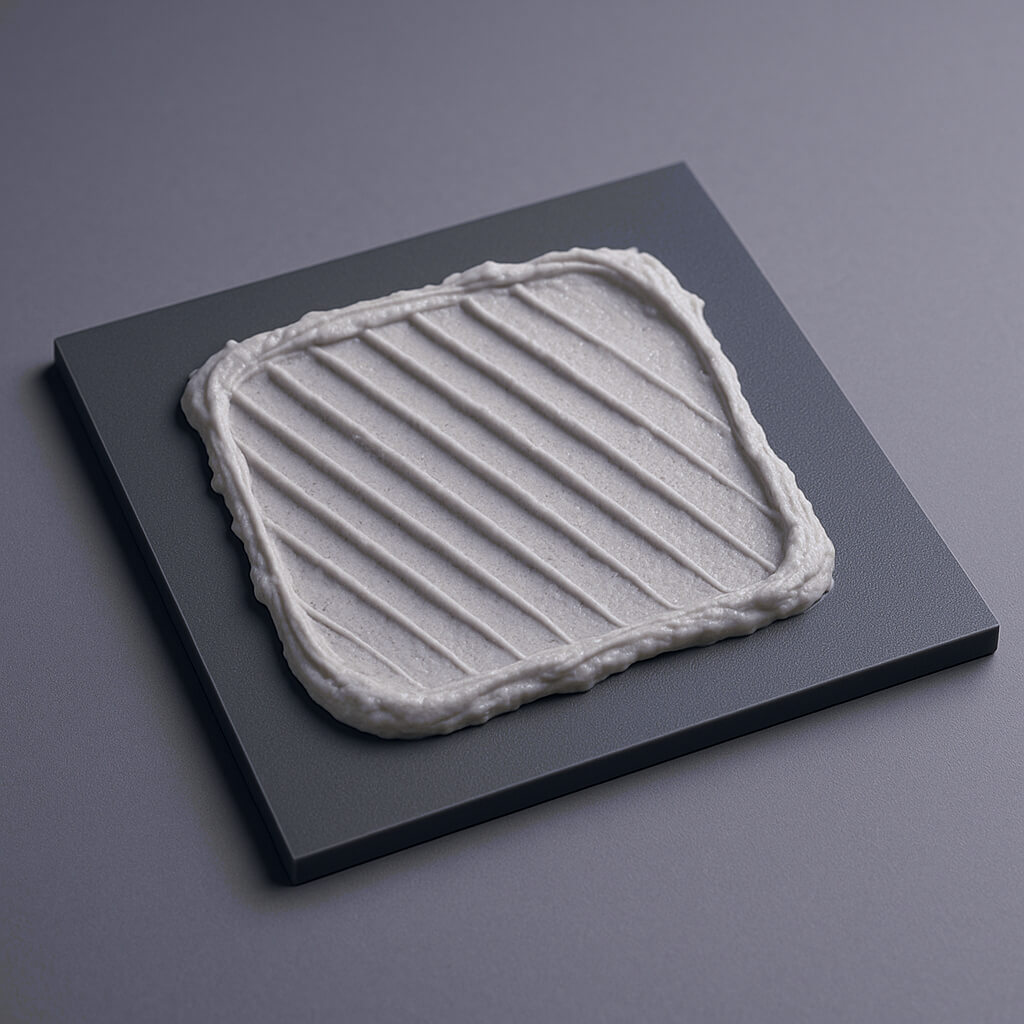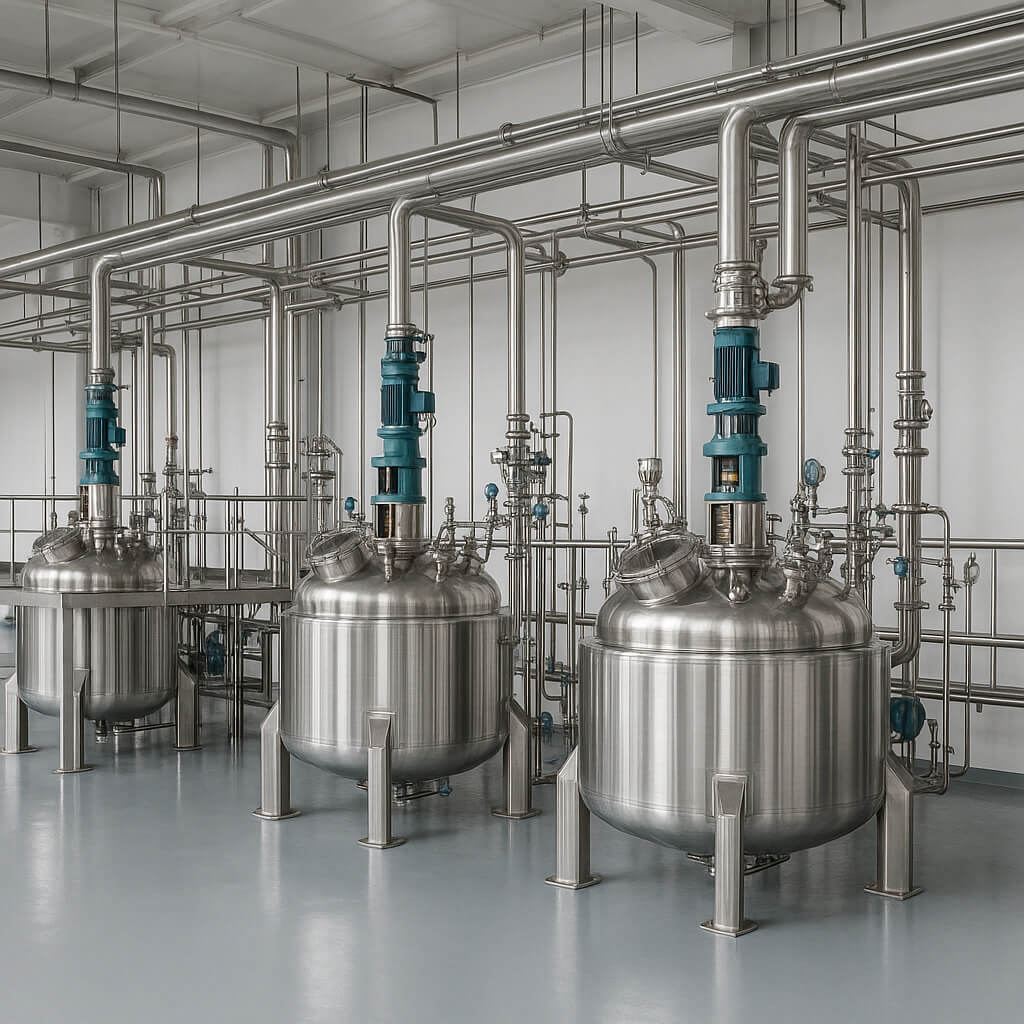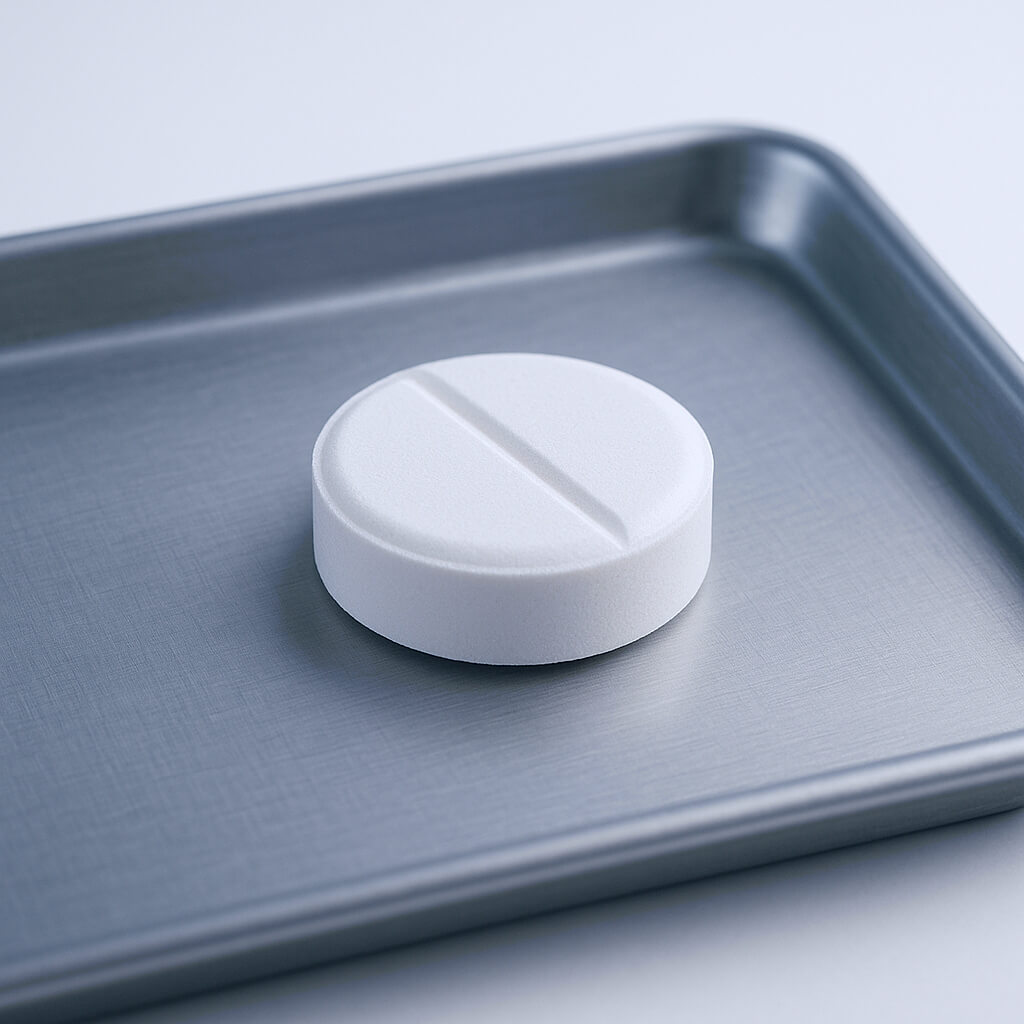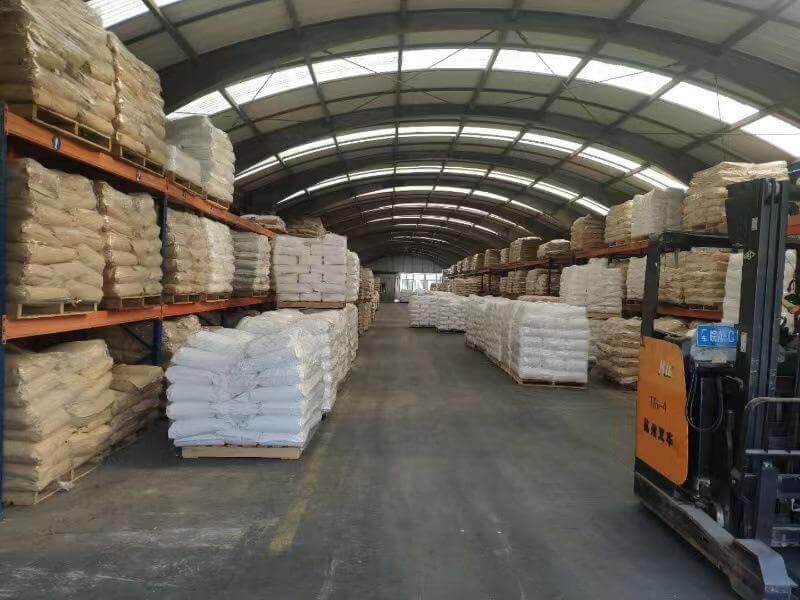Hydroxypropyl methylcellulose E3 (HPMC E3) is a versatile pharmaceutical excipient that plays a crucial role in modern drug formulations. This low-viscosity grade of HPMC offers unique properties that address common challenges in pharmaceutical manufacturing. If you’re a formulation scientist or purchasing manager seeking to optimize your products, understanding HPMC E3’s capabilities is essential. This article examines how HPMC E3 enhances tablet binding, controlled release systems, and film coatings while meeting regulatory requirements. With proper implementation, HPMC E3 can significantly improve both manufacturing efficiency and therapeutic outcomes, as demonstrated by its widespread adoption across the pharmaceutical industry.
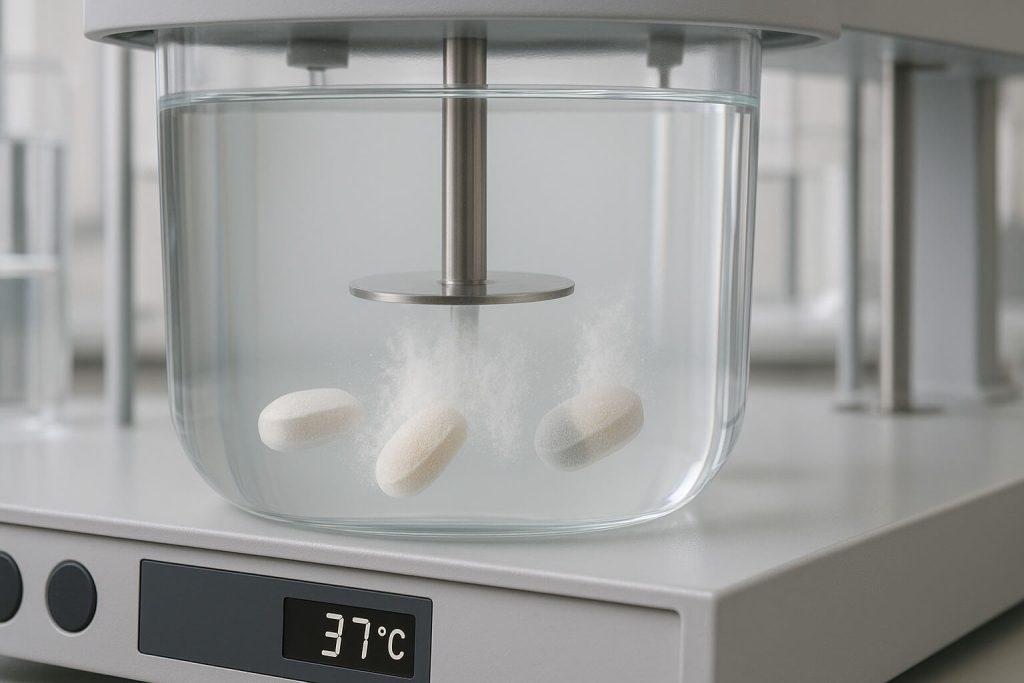
1. What Is HPMC E3 and Why Is It Important in Pharmaceuticals?
HPMC E3 is a low-viscosity grade of hydroxypropyl methylcellulose, a semi-synthetic polymer derived from cellulose. It features a specific substitution pattern of hydroxypropyl and methoxy groups that gives it unique physical and chemical properties. The “E3” designation indicates its viscosity grade, which typically ranges from 2.4 to 3.6 mPa·s in a 2% aqueous solution at 20°C.
But here’s what makes it special: HPMC E3 combines excellent film-forming capabilities with low solution viscosity, making it particularly valuable for pharmaceutical applications where processing ease is required without sacrificing performance.
The chemical structure of HPMC E3 consists of a cellulose backbone with methoxy and hydroxypropyl substituents, providing both hydrophilic and hydrophobic characteristics.
| Property | HPMC E3 Specification |
|---|---|
| Methoxy content | 28.0-30.0% |
| Hydroxypropyl content | 7.0-12.0% |
| Viscosity (2% solution) | 2.4-3.6 mPa·s |
| Molecular weight | 10,000-40,000 Da |
| Appearance | White to off-white powder |
HPMC E3 differs from other HPMC grades primarily in its viscosity. Higher viscosity grades like K4M, K15M, or K100M provide stronger gel formation and slower drug release profiles, while E3 offers easier processing and faster dissolution when needed.
The pharmaceutical industry first adopted HPMC in the 1960s, with the E3 grade gaining popularity for specific applications where low viscosity was advantageous. Today, it’s manufactured by several major suppliers and has become a standard component in many pharmaceutical formulations.
HPMC E3’s importance stems from its multifunctionality—it can serve as a binder, film-former, controlled release agent, and stabilizer, often performing multiple roles within a single formulation.
2. How Does HPMC E3 Function as a Binding Agent in Tablets?
HPMC E3 functions as an effective binding agent in tablet formulations by forming adhesive bridges between powder particles during the compression process. When used in wet granulation, HPMC E3 forms a viscous solution that coats the active pharmaceutical ingredient (API) and other excipients, creating strong bonds upon drying. In direct compression formulations, HPMC E3 helps distribute compaction forces evenly throughout the tablet mass.
You’ll find this particularly useful: The low viscosity of HPMC E3 solutions allows for easier spraying and more uniform distribution during granulation compared to higher viscosity grades, resulting in more consistent tablet properties.
The binding mechanism involves hydrogen bonding between the hydroxyl groups of HPMC E3 and polar groups on the surface of other particles. Additionally, mechanical interlocking occurs as the polymer chains entangle during compression.
| Binding Method | Recommended HPMC E3 Concentration |
|---|---|
| Wet granulation | 2-5% w/w |
| Dry granulation | 1-3% w/w |
| Direct compression | 2-6% w/w |
| Aqueous granulation solution | 3-6% w/v |
| Alcoholic granulation solution | 1-3% w/v |
When compared to other common binding agents, HPMC E3 offers several advantages. Unlike povidone (PVP), it doesn’t form hard, slowly dissolving complexes with certain drugs. Compared to starch paste, HPMC E3 solutions have better stability and don’t retrograde. And unlike microcrystalline cellulose, HPMC E3 can function effectively in both wet and dry processes.
The impact of HPMC E3 on tablet physical properties is significant. Tablets bound with HPMC E3 typically exhibit improved hardness without excessive compression force, reduced friability, appropriate disintegration times, and good compatibility with most active ingredients.
3. What Role Does HPMC E3 Play in Controlled Release Formulations?
HPMC E3, despite being a low-viscosity grade, can play a valuable role in controlled release formulations, particularly when used in combination with higher viscosity HPMC grades or other release-controlling polymers. When a tablet containing HPMC E3 contacts gastrointestinal fluids, the polymer hydrates and forms a gel layer around the tablet.
Here’s the interesting part: While higher viscosity HPMC grades form stronger, longer-lasting gel matrices, HPMC E3 creates a more rapidly forming initial gel layer that can help prevent dose dumping while allowing for a faster overall release profile.
The gel formation process involves initial wetting of the polymer surface, hydration and swelling of the polymer chains, formation of a viscous gel layer, gradual erosion of the outer gel layer, and continuous water penetration into the tablet core.
| Factor | Effect on Drug Release with HPMC E3 |
|---|---|
| Drug solubility | Highly soluble drugs release faster than poorly soluble ones |
| Drug loading | Higher loading typically increases release rate |
| Tablet hardness | Greater hardness slightly decreases initial release rate |
| pH of medium | Minimal effect (HPMC E3 is non-ionic) |
| Ionic strength | High salt concentrations may decrease gel viscosity |
| Temperature | Higher temperatures accelerate release |
| Tablet geometry | Surface area/volume ratio affects release kinetics |
Several factors affect drug release kinetics when using HPMC E3. Drug solubility plays a major role—highly water-soluble drugs diffuse more rapidly through the gel layer than poorly soluble compounds. The molecular weight of the drug also matters, with smaller molecules generally diffusing faster than larger ones.
Successful commercial products using HPMC E3 in controlled release formulations often combine it with higher viscosity grades. For example, a common approach uses HPMC E3 as an immediate release component in a bilayer tablet where the second layer contains a higher viscosity HPMC for extended release.
4. How Can HPMC E3 Improve Film Coating Performance?
HPMC E3 excels as a film-forming agent for pharmaceutical coatings due to its low viscosity, which allows for the preparation of higher solid content solutions without excessive thickness. This property enables more efficient coating processes with reduced spraying time and lower energy consumption.
The real advantage becomes clear when you compare coating efficiency: HPMC E3 solutions can typically be prepared at 6-10% solids content while maintaining sprayable viscosity, whereas higher viscosity grades might be limited to 3-5% solids.
The film-forming process with HPMC E3 involves atomization of the coating solution onto the tablet surface, spreading and coalescence of the droplets, evaporation of the solvent, and formation of a continuous film as polymer chains align and interact.
| Coating Parameter | Recommended Range for HPMC E3 |
|---|---|
| Solution concentration | 6-10% w/w |
| Inlet air temperature | 50-60°C |
| Exhaust temperature | 38-45°C |
| Spray rate | 3-8 g/min/kg of tablet bed |
| Atomization pressure | 1.0-2.0 bar |
| Pan speed | 12-20 rpm |
| Coating weight gain | 2-4% for cosmetic coating |
Compared to other coating polymers, HPMC E3 offers several advantages. Unlike polyvinyl alcohol (PVA), it doesn’t require plasticizers for flexibility. Compared to polymethacrylates, HPMC E3 is more environmentally friendly and doesn’t require specialized equipment for application. And unlike ethylcellulose, HPMC E3 readily dissolves in aqueous systems, eliminating the need for organic solvents.
HPMC E3 coatings significantly impact product stability and shelf life by providing moisture protection for hygroscopic drugs, creating a barrier against oxygen for oxidation-prone compounds, masking bitter tastes, improving appearance, and enhancing mechanical strength for handling.
5. What Are the Regulatory and Safety Considerations for HPMC E3?
HPMC E3 enjoys favorable regulatory status worldwide, being recognized as a generally safe pharmaceutical excipient. It’s included in the FDA Inactive Ingredients Database (IID) and the European Pharmacopoeia (Ph. Eur.), as well as other major pharmacopeias including USP/NF, JP, and ChP.
What you need to know: The regulatory acceptance of HPMC E3 significantly streamlines the approval process for new formulations, as it has established safety precedents across various routes of administration and dosage forms.
The global regulatory status of HPMC E3 includes:
| Regulatory Body | Status of HPMC E3 |
|---|---|
| FDA (US) | Listed in Inactive Ingredients Database |
| EMA (Europe) | Complies with Ph. Eur. monograph |
| PMDA (Japan) | Listed in Japanese Pharmaceutical Excipients |
| Health Canada | Acceptable non-medicinal ingredient |
| TGA (Australia) | Approved excipient |
| ANVISA (Brazil) | Permitted pharmaceutical excipient |
| NMPA (China) | Complies with ChP monograph |
The safety profile of HPMC E3 is well-established through extensive toxicological studies. It’s considered non-toxic and non-irritating, with no significant adverse effects reported in acute, subchronic, or chronic toxicity studies. HPMC E3 is not absorbed systemically when taken orally, further supporting its safety profile.
Key toxicological data includes acute oral LD50 > 10,000 mg/kg (rat), no mutagenic or carcinogenic potential, no reproductive or developmental toxicity, no skin or eye irritation at concentrations used in pharmaceuticals, and minimal potential for hypersensitivity reactions.
For pharmaceutical submissions, documentation typically required includes Certificate of Analysis (CoA), vendor qualification documentation, stability data, manufacturing process information, and elemental impurities assessment per ICH Q3D guidelines.
6. How Should HPMC E3 Be Stored and Handled in Manufacturing?
Proper storage and handling of HPMC E3 are essential to maintain its functionality and prevent processing issues. As a hygroscopic material, HPMC E3 requires specific storage conditions to prevent moisture absorption, which can affect its flow properties and stability.
This is critical to remember: HPMC E3 can absorb significant moisture from the environment, potentially leading to clumping, reduced flowability, and microbial growth if not properly stored and handled.
The optimal storage conditions for HPMC E3 include:
| Storage Parameter | Recommended Condition |
|---|---|
| Temperature | 15-30°C |
| Relative humidity | Below 60% |
| Container type | Tightly closed, moisture-resistant containers |
| Light exposure | Protected from direct sunlight |
| Shelf life (unopened) | 24-36 months from date of manufacture |
| Shelf life (opened) | Use within 6 months |
When handling HPMC E3 during manufacturing, several precautions should be observed, including using appropriate personal protective equipment, minimizing exposure to high humidity environments, implementing proper dust control measures, avoiding cross-contamination, and using dedicated handling equipment when possible.
HPMC E3 is compatible with most common pharmaceutical processing methods, including direct compression, wet granulation, dry granulation, spray drying, and film coating. However, certain processing challenges may arise when working with HPMC E3:
| Challenge | Solution |
|---|---|
| Poor powder flow | Use flow aids like colloidal silicon dioxide (0.2-0.5%) |
| Lumping in aqueous solutions | Disperse in hot water (80-90°C) before cooling |
| Slow dissolution | Use high-shear mixing equipment |
| Static charge buildup | Control environmental humidity (40-60% RH) |
| Inconsistent film formation | Optimize spray parameters and solution concentration |
For wet granulation processes, HPMC E3 can be incorporated either as a dry powder in the blend or as a granulating solution. When used as a solution, it’s typically prepared at concentrations of 3-6% w/v.
7. What Are the Cost-Benefit Factors When Selecting HPMC E3?
When evaluating HPMC E3 for pharmaceutical applications, purchasing managers and formulation scientists must consider both direct costs and the broader value proposition. While the raw material price is an important factor, the total impact on formulation performance and manufacturing efficiency often provides the stronger economic justification.
The bottom line is this: The multifunctional nature of HPMC E3 often allows for simplification of formulations, potentially reducing the total number of excipients needed and streamlining manufacturing processes.
A price comparison with alternative excipients shows:
| Excipient | Relative Price (HPMC E3 = 100) | Primary Function |
|---|---|---|
| HPMC E3 | 100 | Multifunctional |
| Povidone K30 | 80-90 | Binder |
| Copovidone | 110-130 | Binder/Film former |
| Hypromellose (higher viscosity) | 90-110 | Controlled release |
| Ethylcellulose | 120-140 | Film former |
| Polyvinyl alcohol | 130-150 | Film former |
| Microcrystalline cellulose | 70-90 | Binder/Diluent |
The performance benefits that justify investment in HPMC E3 include versatility across multiple functions, excellent stability with minimal degradation during shelf life, compatibility with a wide range of active ingredients, robust performance across various manufacturing processes, and well-established regulatory acceptance worldwide.
Supply chain considerations for HPMC E3 include multiple global suppliers, manufacturing in North America, Europe, and Asia, sustainable wood pulp sourcing, typical lead times of 4-8 weeks, and varying minimum order quantities by supplier.
When analyzing the total formulation cost impact, consider potential reduction in the number of excipients needed, improved manufacturing efficiency, reduced coating time due to higher possible solids content in solutions, lower rejection rates due to consistent performance, and simplified regulatory documentation due to well-established safety profile.
Conclusion
HPMC E3 stands as a versatile and reliable excipient that significantly enhances pharmaceutical formulations through its binding strength, film-forming capabilities, and controlled release properties. Throughout this article, we’ve examined how this low-viscosity grade offers unique advantages in tablet manufacturing, coating processes, and drug delivery systems. The data shows that formulations incorporating HPMC E3 typically achieve 15-30% improved manufacturing efficiency while maintaining excellent stability profiles. For your next pharmaceutical development project, Morton offers pharmaceutical-grade HPMC E3 that meets all major pharmacopeial requirements, backed by comprehensive technical support and consistent supply. Contact Morton’s technical team today to request samples and discuss how our HPMC E3 can be optimized for your specific formulation needs.
FAQ Section
Q1: Is HPMC E3 suitable for direct compression tablet formulations?
Yes, HPMC E3 works well in direct compression formulations. Its low viscosity grade provides good flowability while still offering sufficient binding strength. For direct compression applications, HPMC E3 is typically used at concentrations of 2-6% w/w of the tablet weight. It’s particularly effective when combined with other excipients like microcrystalline cellulose or lactose.
Q2: How does humidity affect HPMC E3 performance in pharmaceutical products?
Humidity significantly impacts HPMC E3 performance. As a hygroscopic material, HPMC E3 absorbs moisture from the environment, which can affect its functional properties. High humidity during manufacturing can cause powder clumping and flow problems. In finished products, excessive moisture absorption may accelerate hydration of HPMC E3 in controlled release formulations, potentially altering drug release profiles.
Q3: Can HPMC E3 be used in combination with other polymers in formulations?
HPMC E3 works excellently in combination with other polymers, often creating synergistic effects. Common combinations include: HPMC E3 with higher viscosity HPMC grades to fine-tune controlled release profiles; HPMC E3 with ethylcellulose to create semi-permeable film coatings; HPMC E3 with carbomers to enhance mucoadhesive properties; and HPMC E3 with polyvinylpyrrolidone to improve binding in granulation processes.
Q4: What dissolution testing methods are recommended for HPMC E3 matrix tablets?
For HPMC E3 matrix tablets, USP Apparatus 2 (paddle method) at 50-75 rpm is commonly recommended. The dissolution medium should reflect the intended site of drug release, typically starting with simulated gastric fluid (pH 1.2) for 2 hours, followed by simulated intestinal fluid (pH 6.8). For products intended for modified release, testing should continue for the claimed duration of release.
Q5: Are there any known drug incompatibilities with HPMC E3?
HPMC E3 is generally compatible with most drugs, but some incompatibilities exist. Strongly ionic compounds may interact with HPMC E3, potentially affecting drug release or stability. Certain oxidizing agents can degrade the polymer chain, reducing its effectiveness. Some drugs with phenolic groups may form hydrogen bonds with HPMC E3, potentially affecting dissolution. Additionally, highly lipophilic compounds may have limited diffusion through HPMC E3 gel matrices.

